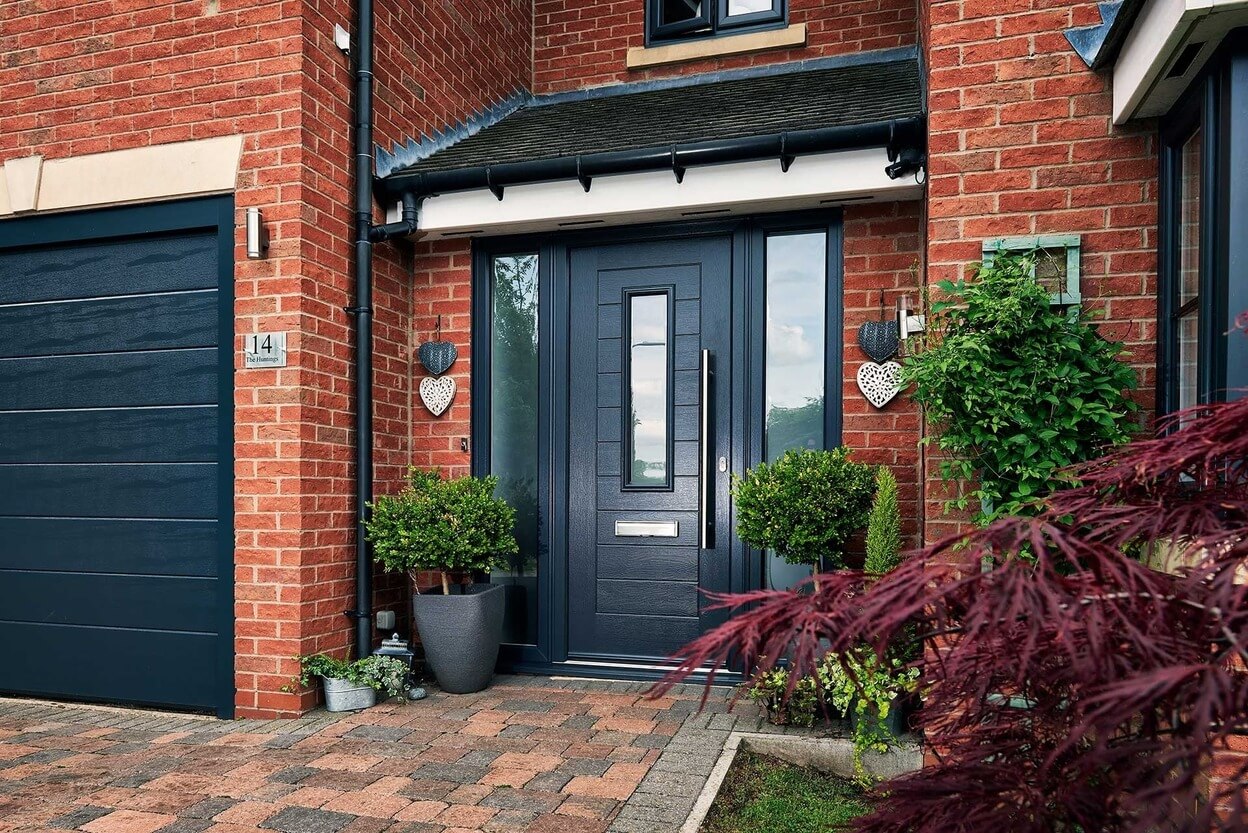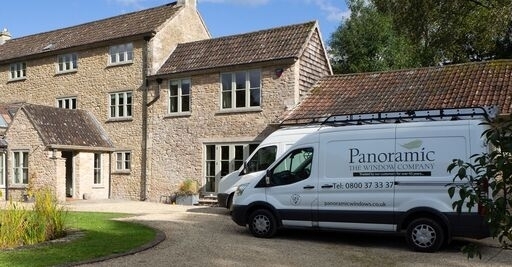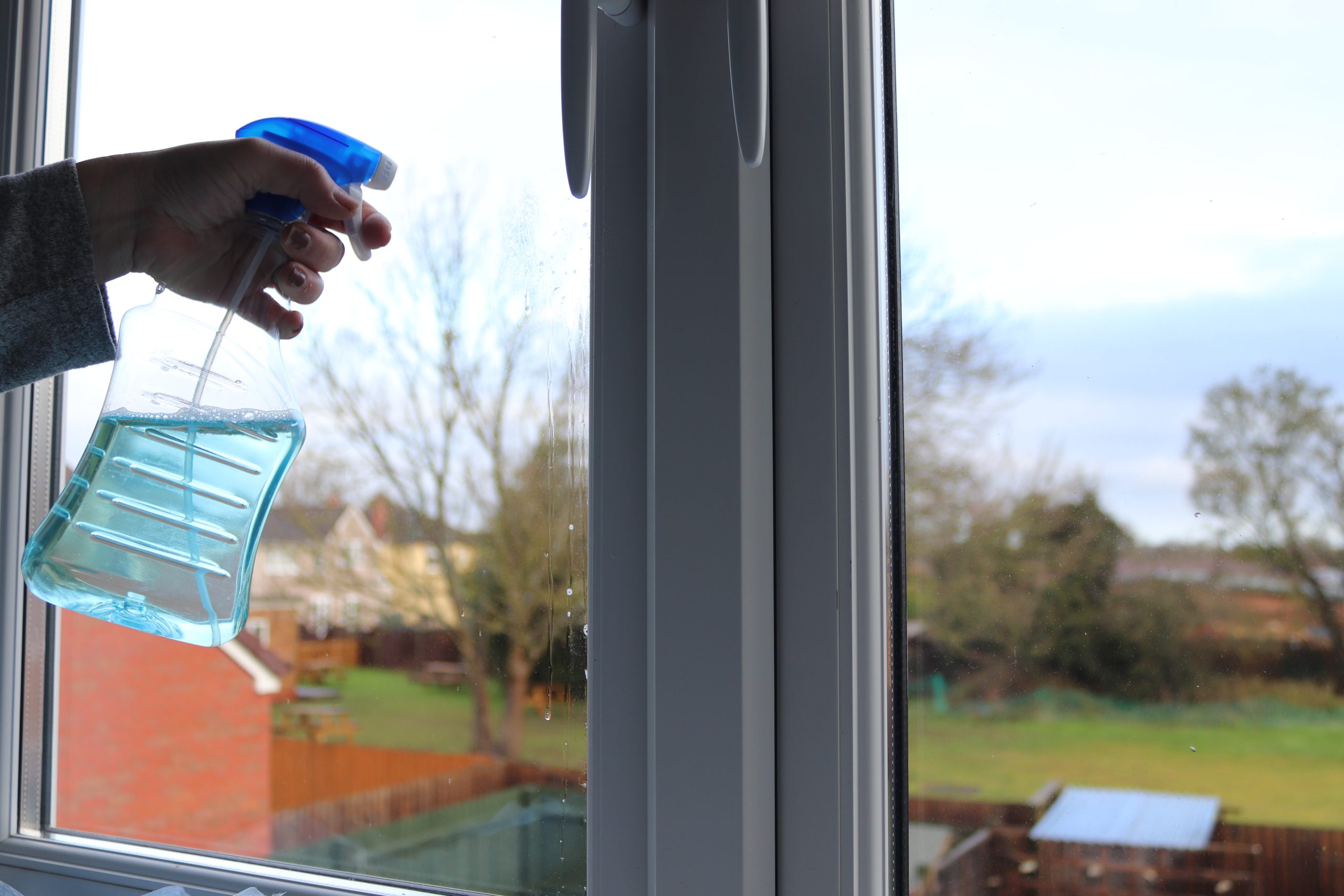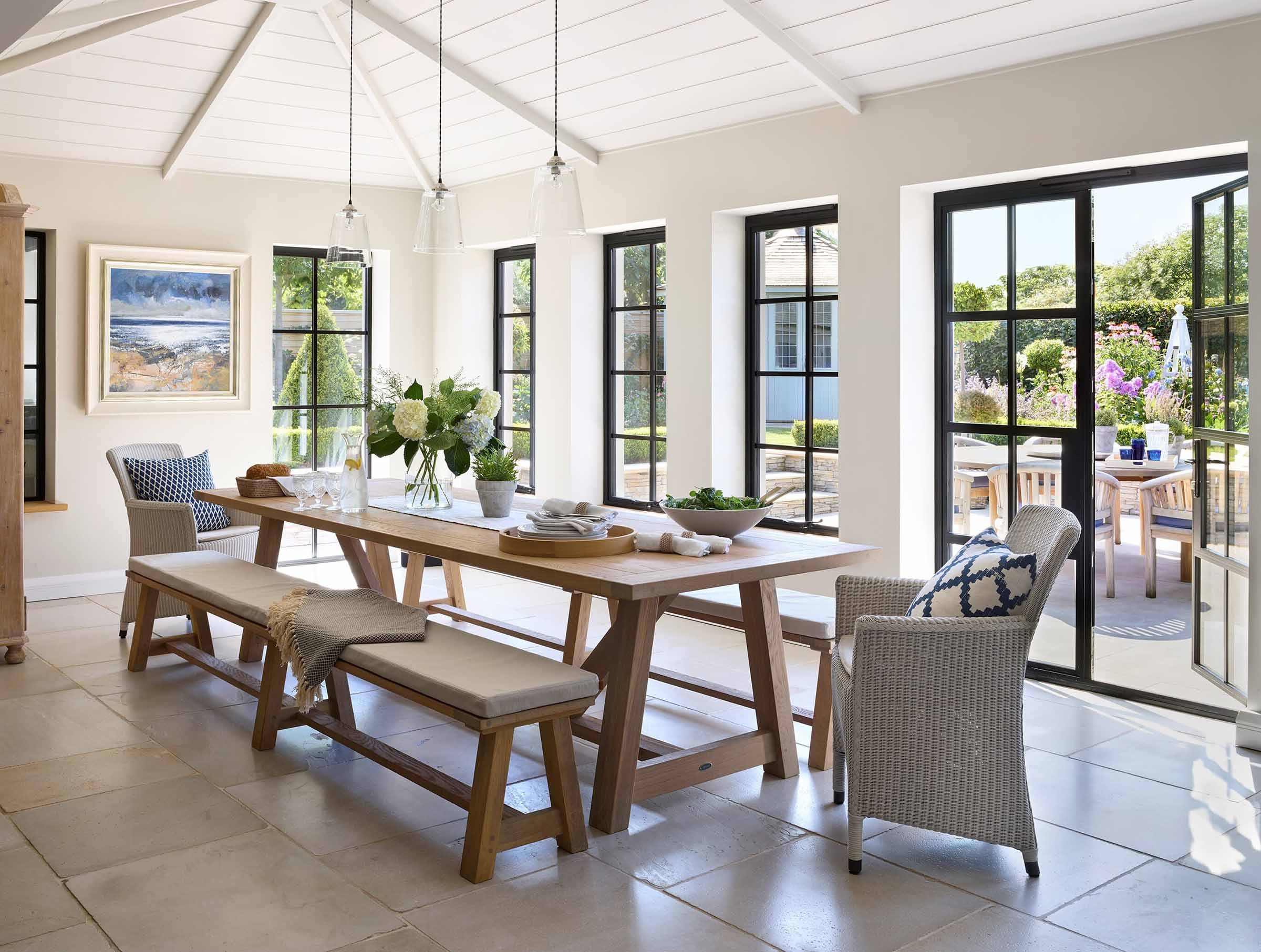If you’ve been paying attention to the news, you may be aware that the Government introduced updates to the Building Regulations in June. This was part of the UK’s ongoing commitment to reducing carbon emissions and meeting the new Future Homes Standard. Keeping up to date with the changes and sifting through the jargon can be confusing, so here’s a brief explanation.
Changing Energy Requirements
The focus of the changes has been on energy efficiency. There has been a mandatory 30% cut in carbon emissions for all new homes, as well as a 27% cut for all other buildings (offices, shops etc…). The goal here is for homes to require less heating to be comfortable and have better ventilation.
Here at Panoramic Windows, the most significant updates for us are included in Approved Document L and Approved Document F. The former focuses on the thermal performance of a building, while the latter revolves around ventilation.
There’s a notable change in Document L; the reduction of u-values in window and door installations. For the uninitiated, a ‘u-value’ is the rate of transfer of heat through a structure. When looking at u-values, the lower, the better.

For all new builds, any windows and doors with a large glazed area (more than 60% glass) now have a maximum permitted u-value of 1.6 W/m²K, with a target of 1.2. Doors with less glass have a target u-value of 1.0.
The figure is slightly more lenient on existing dwellings. In these, any replacement doors or windows must not have higher u-values than the previous ones, and the target u-value is 1.4.
It’s worth having these figures in the back of your mind when working on a building project, however you won’t need to worry if you purchase from Panoramic Windows. We have already taken steps to ensure that all our products meet the new building regulations.
Changing Ventilation Requirements
Now, let’s take a deeper at Document F and the updated regulations within. Airtightness testing is now mandatory for all newbuild dwellings (smaller ones were previously exempt), and the minimum ventilation requirements and the rules on background ventilators have changed.
If you’re unfamiliar with the term, background ventilators are also called “trickle vents.” These vents are fitted to windows (usually at the top) and filter air in and out of the building at low volume. This increases airflow and reduces the volume of moisture, so you won’t need to fling your windows open and compromise your heating to eliminate condensation.
Trickle vents used to be optional, but under the new regulations, they’re becoming compulsory. They improve the air quality in your home, but as they deal with such a low volume, there are no drafts to worry about.
Under the new regulations, the dimensions of the trickle vent are determined by what sort of room it’s in and the size of the building. Kitchens and ‘habitable rooms’ (living rooms, bedrooms and so forth) have a minimum equivalent area of 8,000mm² for multi-storey buildings and 10,000mm² for single-storey. For bathrooms, this reduces to a minimum of 4,000mm² while sanitary and utility rooms have no specified figure.

What This Means For You
For the average homeowner, this isn’t going to make any difference until you need to replace your windows. If you’re replacing windows that already have trickle vents installed, your new windows will need to include them too. They have to be an equal size to your existing ones and be controllable. You can manually operate most trickle vents with a switch, but it’s possible to get automatic ones too.
But supposing you don’t have trickle vents on your existing windows, what then? Well, it’s basically the same. If you intend to replace 30% or more of your existing windows, the new ones will have to have trickle vents installed.
The good news is that while trickle vents are becoming mandatory for new windows, they’re relatively discreet. The average trickle vent is small and slim and can usually be fitted in the same colour as the window. For instance, our timber alternative windows come with concealed trickle vents that don’t disrupt the overall aesthetic. You won’t need to sacrifice a stylish design for the sake of ventilation, and you likely won’t even notice them after a while.

These regulations will be revisited in 2025 as the UK continues tackling climate change and reducing carbon emissions. It’s too early for us to make an educated guess as to what the next set of changes will be, but for now, it’s relatively straightforward. If you’re looking to install new windows, you’ll need to install background ventilators.
You can contact us today if you’d like to talk about replacing old windows or installing new ones. Our experts are on hand, and we look forward to taking your call.














